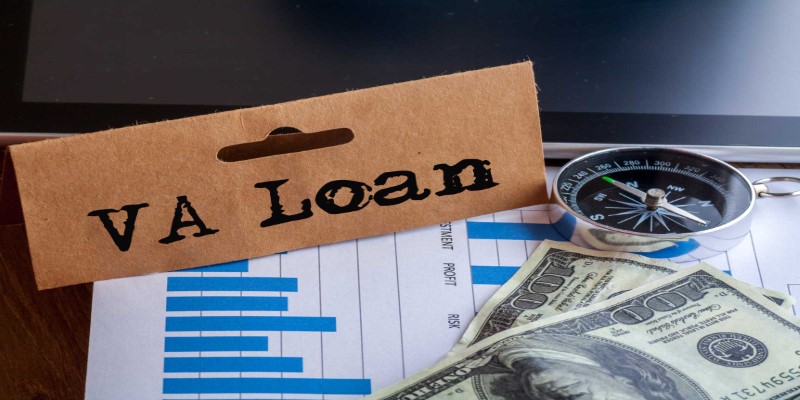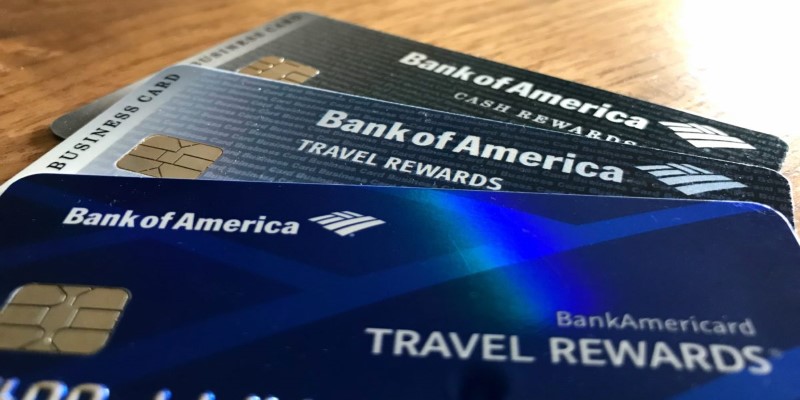Advertisement
Refinancing a VA loan can be a great way for veterans and service members to save money, lower monthly payments, or access home equity. The U.S. Department of Veterans Affairs offers unique loan programs to help achieve these goals. However, the refinancing process can seem complex without the right guidance.

In this article, well walk you through how to refinance a VA loan, from understanding your options and eligibility to finding the best rates. Whether youre looking to reduce payments or tap into your homes equity, refinancing can be a valuable tool. Lets explore how to make the most of it.
Now, when one thinks of VA refinancing, the options are between the IRRRL VA (Interest Rate Reduction Refinance Loan) and the VA Cash-Out Refinance. While both offer their respective reasons for opting, each carries out specific requirements and benefits. So, let's explore these two.
The VA Interest Rate Reduction Refinance Loan, or IRRRL, is the easier of the two. This is often referred to as a VA streamline refinance, and it is for veterans who already have a VA loan and wish to refinance it in order to secure a lower interest rate or to change from an ARM to a fixed-rate mortgage. A great benefit of the IRRRL is that it usually doesn't require much paperwork, and you won't have to undergo a full credit check or appraisal, which makes it move faster.
On the contrary, the VA Cash-Out Refinance allows veterans to refinance their existing VA loans and capture the equity that they have accrued in their homes. So, you can borrow even more than you owe for your current mortgage and use the remaining funds for home improvements or paying off other debts, among other financial needs. A cash-out refinance involves a credit check, appraisal, and an underwriting procedure, so it might typically take a little more time.
Both options come with the benefit of no down payment, no private mortgage insurance (PMI), and competitive interest rates, but the IRRRL tends to be the faster and less costly route if youre only looking to lower your payments or interest rate.
Before applying for a VA loan refinance, its important to understand the eligibility requirements. For a VA refinance, your eligibility will be determined by your military service, the type of VA loan you currently have, and the type of refinance you're pursuing.
To be eligible for any VA loan refinancing option, you must first meet the basic VA loan eligibility criteria. This includes having served a certain number of active-duty service time or being a veteran with an honorable discharge. In addition, your VA loan must be current and in good standing, and you must be able to demonstrate your ability to repay the loan.
For the VA Interest Rate Reduction Refinance Loan (IRRRL), the eligibility requirements are slightly more lenient. You can refinance an existing VA loan with an IRRRL if youve made timely payments on your current VA loan, and the new loan must be used to lower your monthly payment or change your loan terms. If youve had a VA loan in the past, you can also refinance using the IRRRL as long as it results in a clear financial benefit.
There are additional requirements for the VA Cash-Out Refinance. While this option allows you to access your home's equity, you must have a sufficient amount of equity built up, and you will likely need a higher credit score than for the IRRRL. Lenders may also require a full appraisal and credit report, which could add to the time and cost of the refinance.

The first step in refinancing your VA loan is to determine your financial objectives. Are you trying to reduce your monthly payment? Lower your interest rate? Access cash for home improvements? Understanding your goals will help you decide which refinancing option is best for you.
As we discussed earlier, the eligibility requirements for refinancing a VA loan depend on the type of refinance you're pursuing. Before you move forward, make sure you meet the basic eligibility criteria and have a clear understanding of the loan terms.

Like any mortgage application, refinancing a VA loan requires documentation. Youll need to provide proof of income, employment, credit, and any other financial information requested by your lender. If you're going for a VA Cash-Out Refinance, you'll also need to provide documentation of your homes value, typically through an appraisal.
Its a good idea to shop around for the best refinance rates and terms. Different lenders may offer slightly different rates and fees, so taking the time to compare your options can help you find the best deal. Be sure to consider not just interest rates but also closing costs, which can vary widely depending on the lender.
Once youve chosen a lender, you can apply for the refinance. Your lender will review your application, check your credit, and assess your financial situation. If you're applying for a VA Cash-Out Refinance, they will also order an appraisal to determine your home's current value.
Once approved, youll go through the closing process, where youll sign the necessary paperwork and finalize the terms of your new loan. Keep in mind that while refinancing a VA loan generally doesnt require a down payment, you may still need to pay some closing costs, such as title fees, appraisal fees, or other related charges.
Refinancing a VA loan can offer veterans and active-duty service members a host of benefits, including lower interest rates, reduced monthly payments, and the ability to tap into home equity. Whether you choose the VA Interest Rate Reduction Refinance Loan (IRRRL) for a quicker, simpler process or the VA Cash-Out Refinance to access cash for other needs, understanding your refinancing options is key to making the right choice for your financial situation.
Advertisement

By Christin Shatzman/Jan 09, 2025

By Tessa Rodriguez/Oct 20, 2024

By Christin Shatzman/Oct 20, 2024

By Kristina Cappetta/Oct 18, 2024

By Isabella Moss/Oct 18, 2024

By Verna Wesley/Dec 21, 2024

By Celia Kreitner/Oct 20, 2024

By Elva Flynn/Dec 19, 2024

By Elena Davis/Oct 21, 2024

By Sid Leonard/Nov 03, 2024

By Sean William/Oct 20, 2024

By Paula Miller/Jan 07, 2025